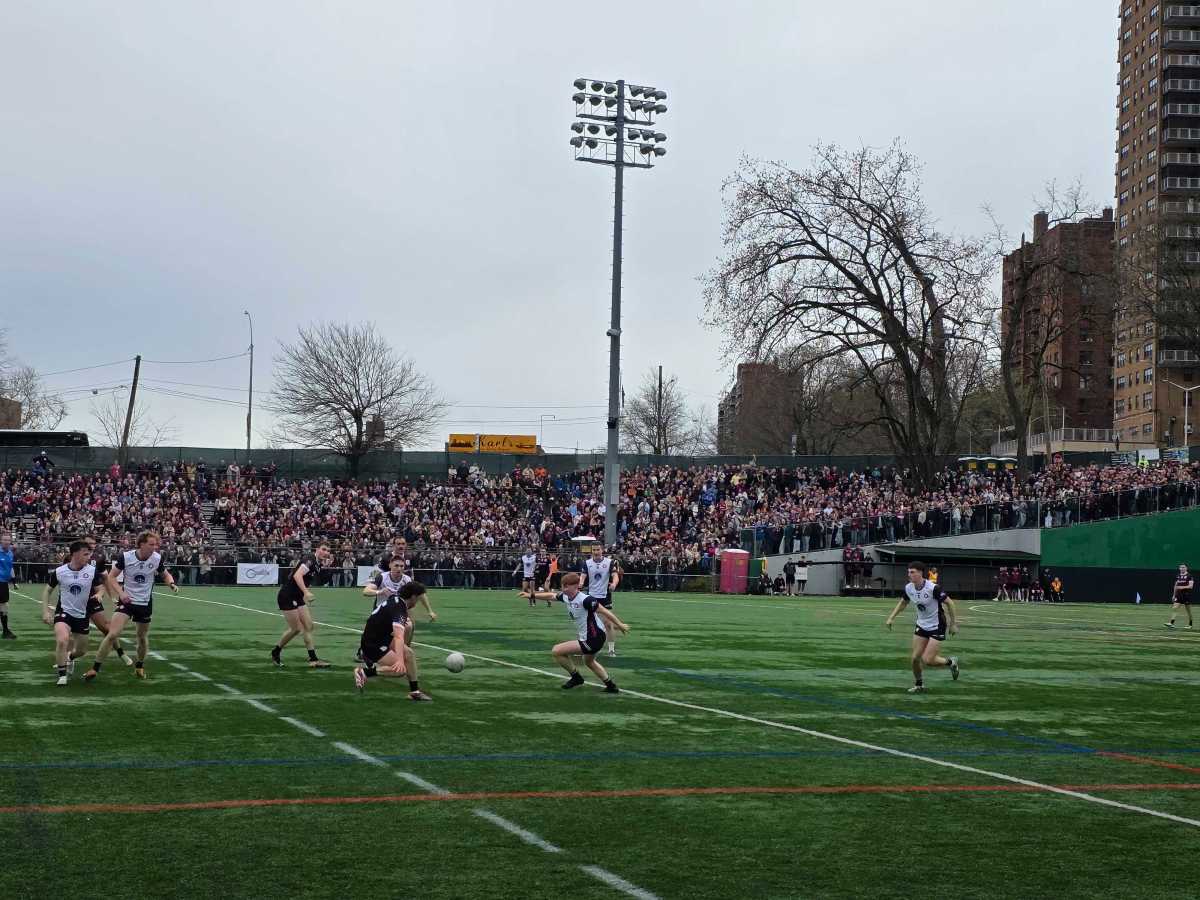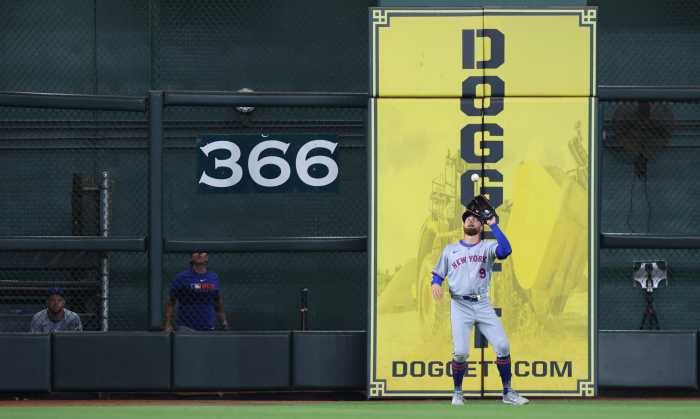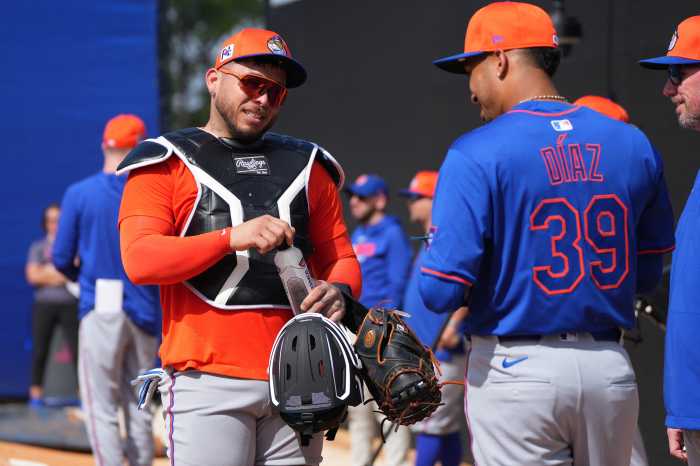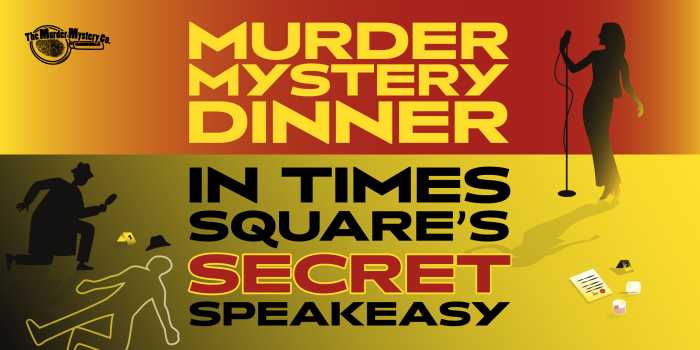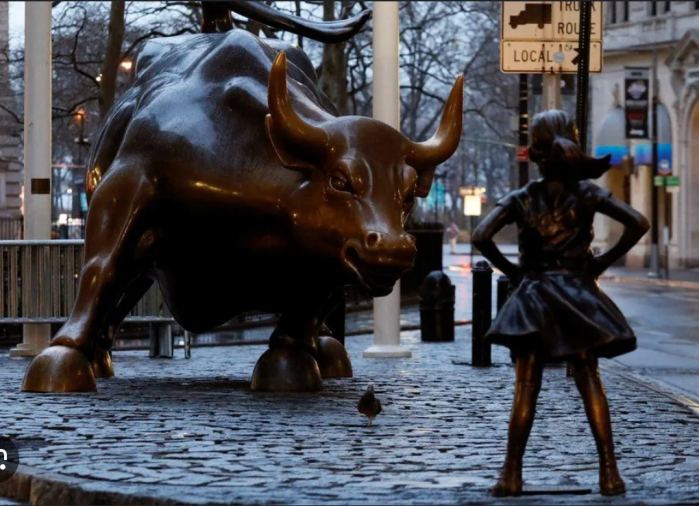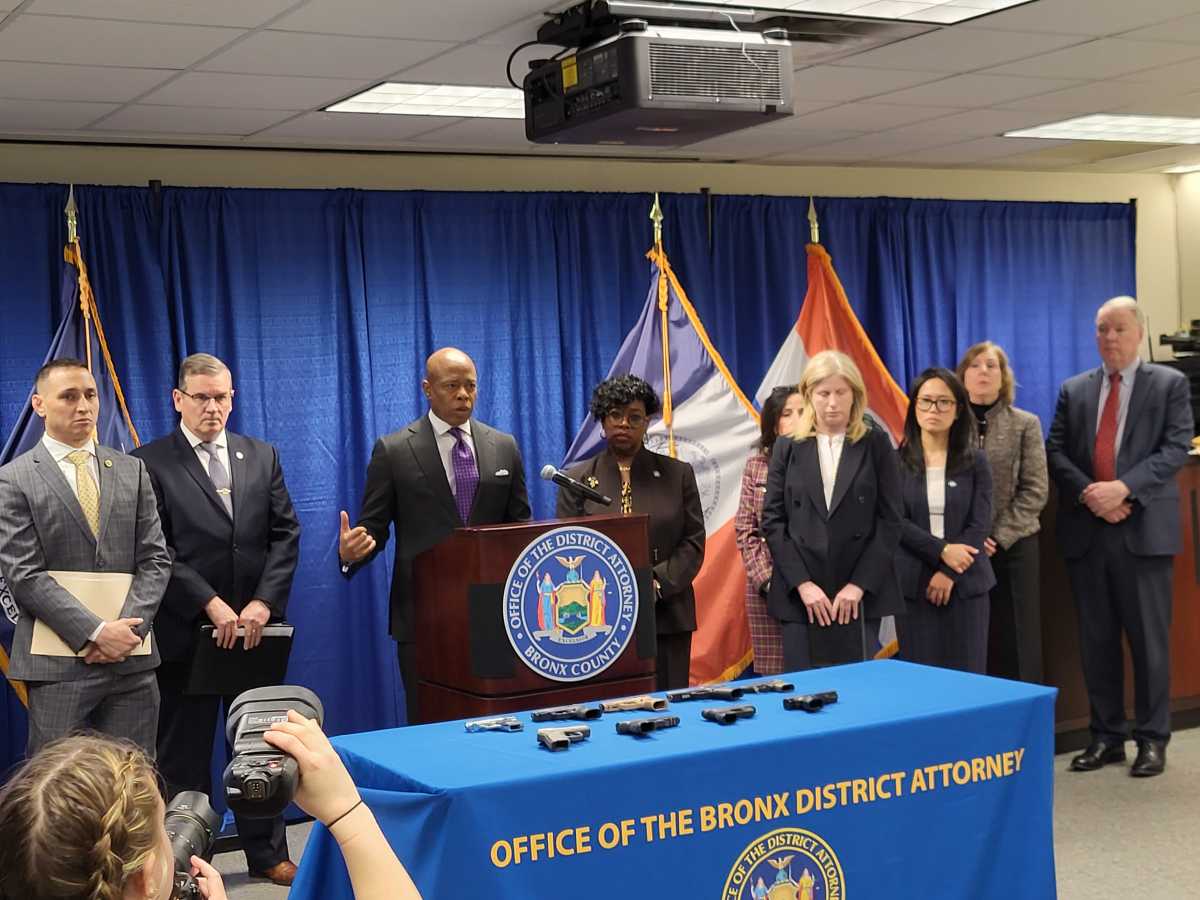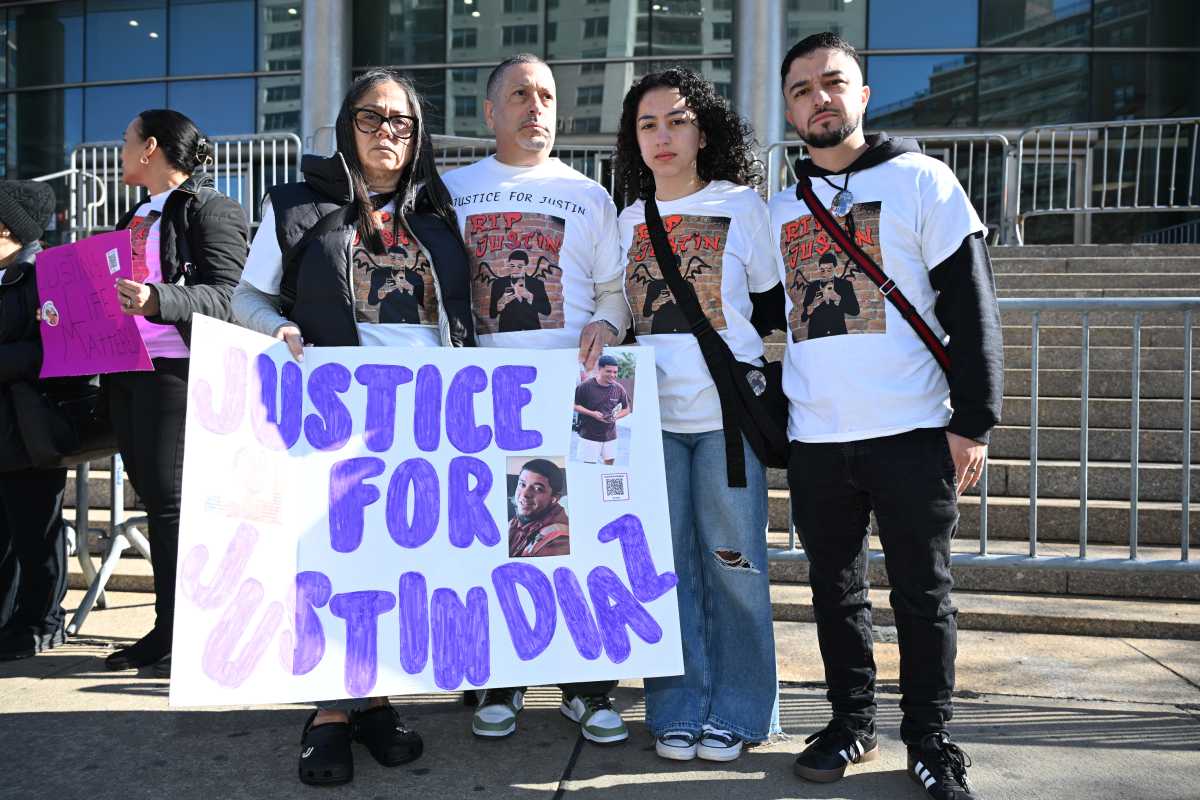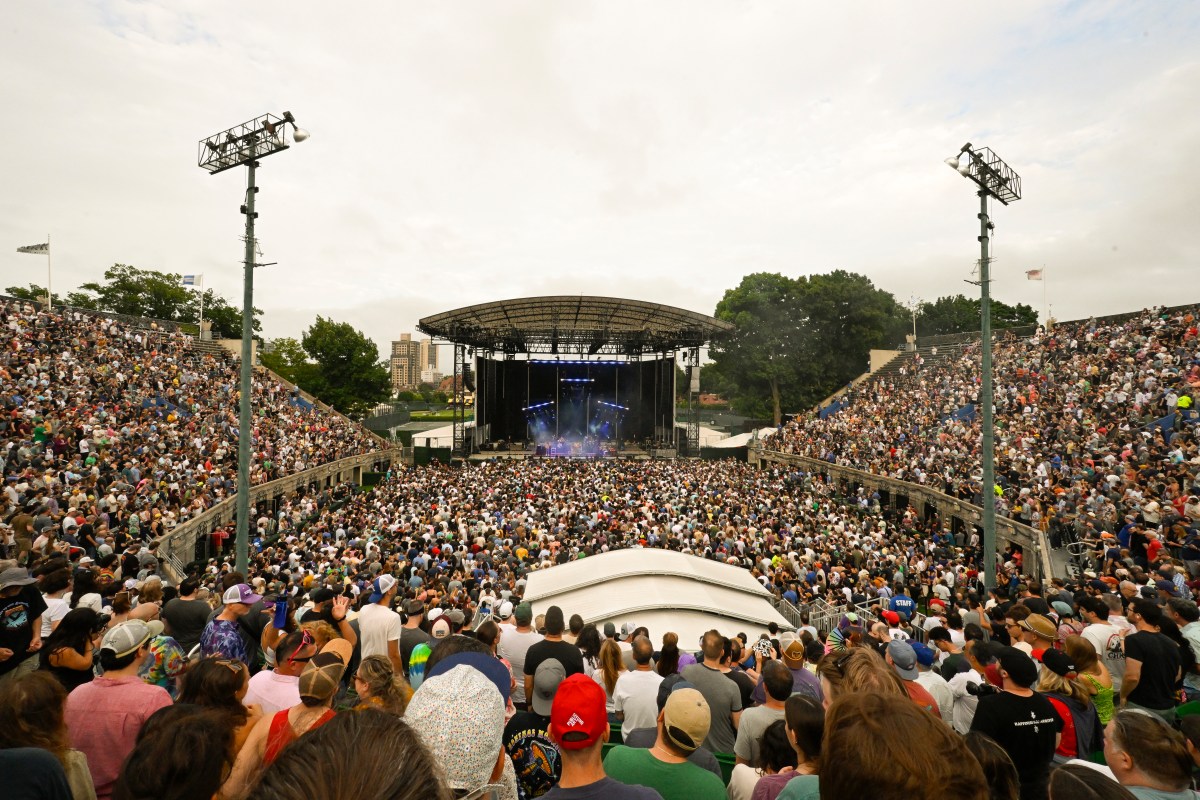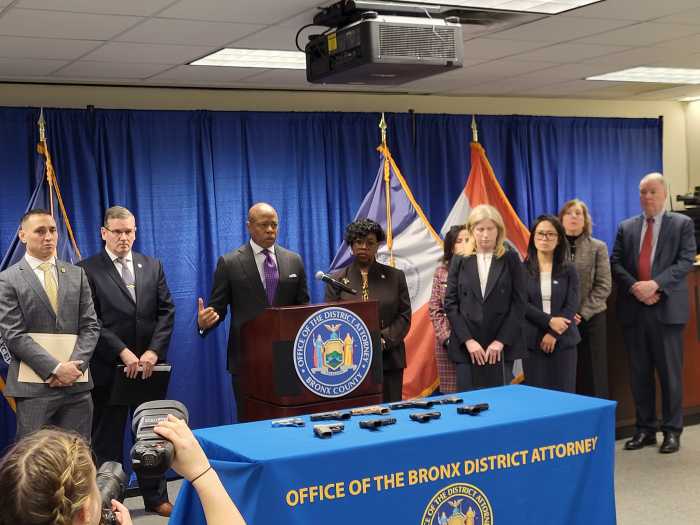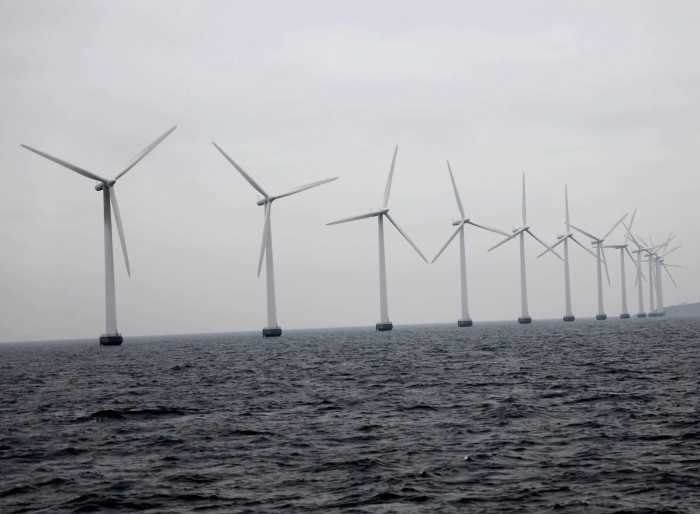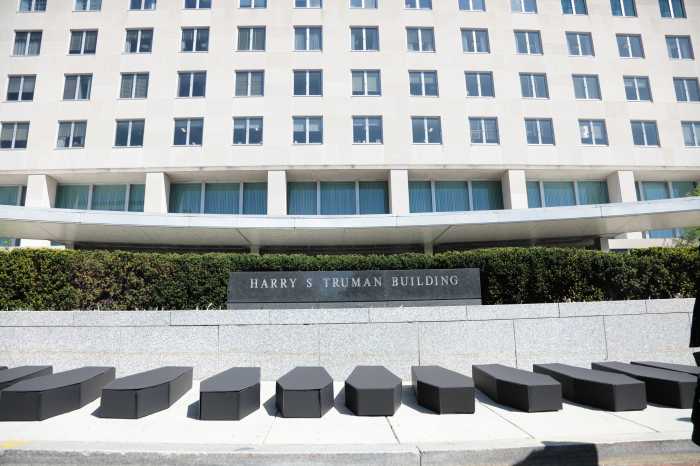Tucked away deep in the Bronx lies Gaelic Park, a bastion of Irish culture in New York City and the official home of the New York Gaelic football team.
The stadium, located just off the 238 St. 1 subway stop in Kingsbridge, was thronged with thousands of Irish and Irish-American spectators on Sunday as New York kicked off its season in what can be fairly accurately described as Ireland’s Super Bowl – the All Ireland Football Championship.
New York, along with London, is one of two non-Irish-based teams to participate in the annual Gaelic football competition, which also features 31 of the 32 counties on the island of Ireland.
To the uninitiated, Gaelic football might resemble a cross between soccer, rugby, and basketball, but the similarities with these professional sports end pretty quickly – because Gaelic football is a completely amateur sport.
It would also be unfair to categorize the sport as a cross between modern sports since Gaelic football traces its roots back to the Middle Ages and forms an incredibly important part of Ireland’s cultural heritage. Gaelic football, along with its sister sport hurling and Gaelic handball, is one of the main sports of the Gaelic Athletic Association (GAA), a sporting body founded in 1884 at a time of Irish cultural revival when Ireland was still under British rule.
It is for that reason that Gaelic football, despite being one of Ireland’s national sports and drawing guaranteed crowds of 82,300 for the All Ireland Football final every July, features no salaries for the many players that play the game across the country and around the world. At the highest level, intercounty footballers balance training five times a week with the rigors of a full-time job.
Players, instead, play the game for the love of the sport and the pride of their parish, with almost every parish in Ireland boasting some form of Gaelic football team.
Player transfers between clubs are rare, while transfers between county teams, which are made up of club players from specific regions, are rarer still, meaning some of the greatest players to ever play the game can go without ever getting close to a national title.
Featuring two teams of 15 players over two 35-minute halves, the sport is played predominantly through the hands. Players are entitled to kick or fist-pass the ball when in possession.

Players can run with the ball in their hands, but they must either bounce the ball or solo (dropping the ball onto the foot and catching it again while running) for every four steps they take, although they cannot bounce the ball twice in succession. They are also not allowed to pick the ball directly off the ground or throw the ball to a teammate.
Teams score by shooting at goalposts that resemble rugby or American football goalposts. One point is earned for kicking over the crossbar, and three points are earned for shooting past a goalkeeper and under the crossbar.
New rules, introduced for the 2025 season, have introduced a new two-point score for points kicked from outside a 40-meter arc, similar to how a three-point line operates in basketball.
New York, which has competed in the All Ireland Football Championship since 1999, took part in the opening weekend of the 2025 championship when they welcomed 2024 finalists Galway to Gaelic Park on April 6.
A team from Ireland’s west coast, Galway is currently one of the best teams in Ireland and is seen as the unbackable favorite for their clash in the Bronx, but thousands still traveled from Ireland to pack out Gaelic Park for the occasion.
Galway, as expected, proved much too strong for their American opponents on Sunday, running out 17-point winners in a scoreline that was ultimately harsh on New York. The hosts were competitive for large parts of Sunday’s championship opener and trailed by just three points at the half-time break, remaining within touching distance of their opponents. Galway only pulled away in the closing stages as their superior game management and fitness came to the fore – an advantage of being able to train five times a week and retain the majority of their playing panel from year to year.
New York wins are rare, with the team winning just once since joining the championship in 1999, but for this contingent of Irish and Irish-American players, the pride of representing their adopted home remains strong.
Ronan McGinley, a native of County Tyrone who has lived in New York since 2011 and now serves as New York manager, said Gaelic football means “everything” to the Irish community in New York, describing the sport as a thread that weaves its way through the Irish-American community.
“If we didn’t have it, it would be an unbelievable miss,” McGinley said. “It’s a sense of community.”
New York Gaelic football is by no means made up solely of Irish immigrants who have swapped a life in the Emerald Isle for a life in the Big Apple. Countless second or third-generation Irish-Americans have grown up playing the sport for the many club teams that exist in the greater New York area, with clubs like Rockland and St. Barnabas boasting all-American contingents.
McGinley believes that the growth of the sport among Irish-American players is the future for New York, which historically relied on talented Irish immigrants moving to the US. As Irish immigration to the US continues to plummet, homegrown players represent the future of New York Gaelic football, according to McGinley.
“I think at least 40 or 50% of the lands here are American (New York boasts a squad of about 40 players). That, in my opinion, is the only way it can be sustainable,” McGinley said. “Immigration coming from Ireland to New York is massively down. There’s no incentive. Visas are more difficult to get. A lot of people are going to Australia. Some people going to Canada.”
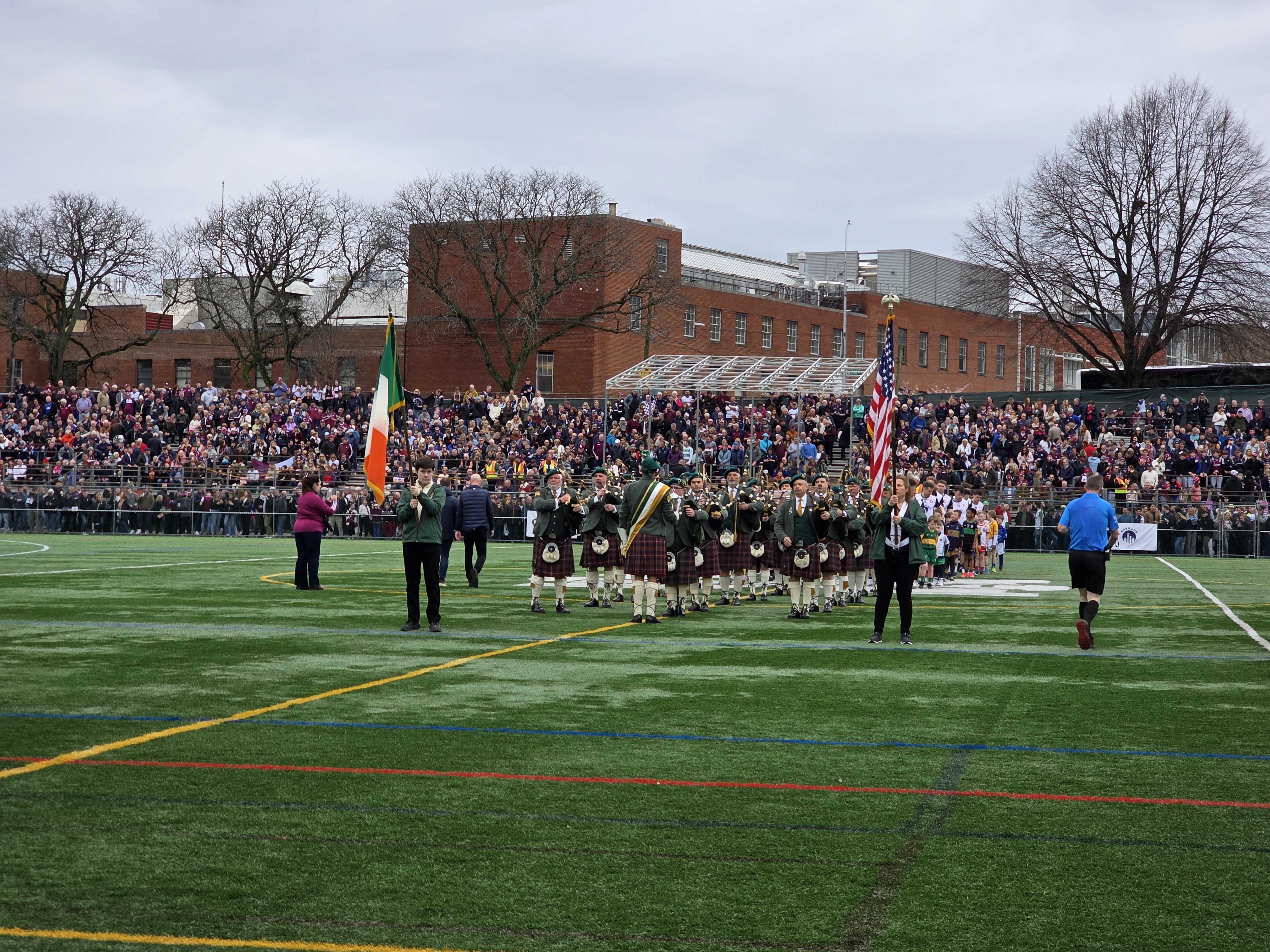
Short-term work visas, which require talented players to return to Ireland after representing New York for several years, is one reason why New York struggles to be competitive against some of the teams that travel for the season curtain raiser every year.
Finding the time to train to a professional level while working in the City that Never Sleeps is another. Gaelic Park is located at the very extreme of the 1 subway line, requiring players, who are often based in Queens or Brooklyn, to make the arduous journey three times a week for training.
On this particular Tuesday evening, players brave a thunderstorm for as long as possible, only retreating to the shelter of the changing rooms when lightning has moved directly overhead.
The sacrifices are ones that the players are happy to make.
Donal Hunt, a native of County Kerry representing the New York team, said it is a “massive opportunity” to play Ireland’s national sport in New York.
“I think it’s symbolic of the people who have left Ireland that you get an opportunity to represent those people,” Hunt said. “It’s a taste at home, and you get to represent anybody that has left Ireland for any reason at all.”
James Walsh, another Kerry native, underlined the importance of time efficiency when trying to balance the fast-paced environment of a professional New York lifestyle with high-level sports training deep in the Bronx three times a week.
“It takes us a lot longer out here compared to home (to get to training) because most of us drive at home,” Walsh said. “It’s all about planning the night before and getting all the nutrition sorted.”
Conor Mathers, one of the American-born players in the New York squad, said Gaelic football played a prominent role in his upbringing as a child of Irish immigrant parents.
“I played a lot of sports growing up, but with Irish parents, they kind of push you to play Gaelic football as well,” Mathers said.
The sport also offers Irish immigrants an opportunity to find a like-minded community in a new and unfamiliar city.
Jack Reilly, from County Mayo in Ireland, who has been involved in the New York set-up for several years, spoke of the tight bond formed between Irish and Irish-American teammates representing various regions across the country.
“It’s huge,” O’Reilly said. “There are so many different counties that come together for this. It’s crazy the amount of lads you meet.”
Although Galway ran out easy winners on Sunday, defeat does not spell the end for New York.
Since 2023, the team has been granted entry into the Tailteann Cup, a second-tier competition for teams that have been eliminated from the All Ireland proper. That means a second guaranteed game every year and a chance to compete against a team closer to New York’s level. It also means a chance for Irish-born players to return home once a year.
New York players and management believe the teams’ addition to the Tailteann Cup is a game-changer, giving players far more incentive to keep going than before (when defeat in Gaelic Park spelled the end of New York’s season after just one game).
“A few years ago, you were just training all year for that one game,” O’Reilly said. “Now you can train all year, try and get a good performance in the game – obviously we’re going out to win – at least if you get a good, strong performance in there, and then try and bring it into the Tailteann Cup.”



